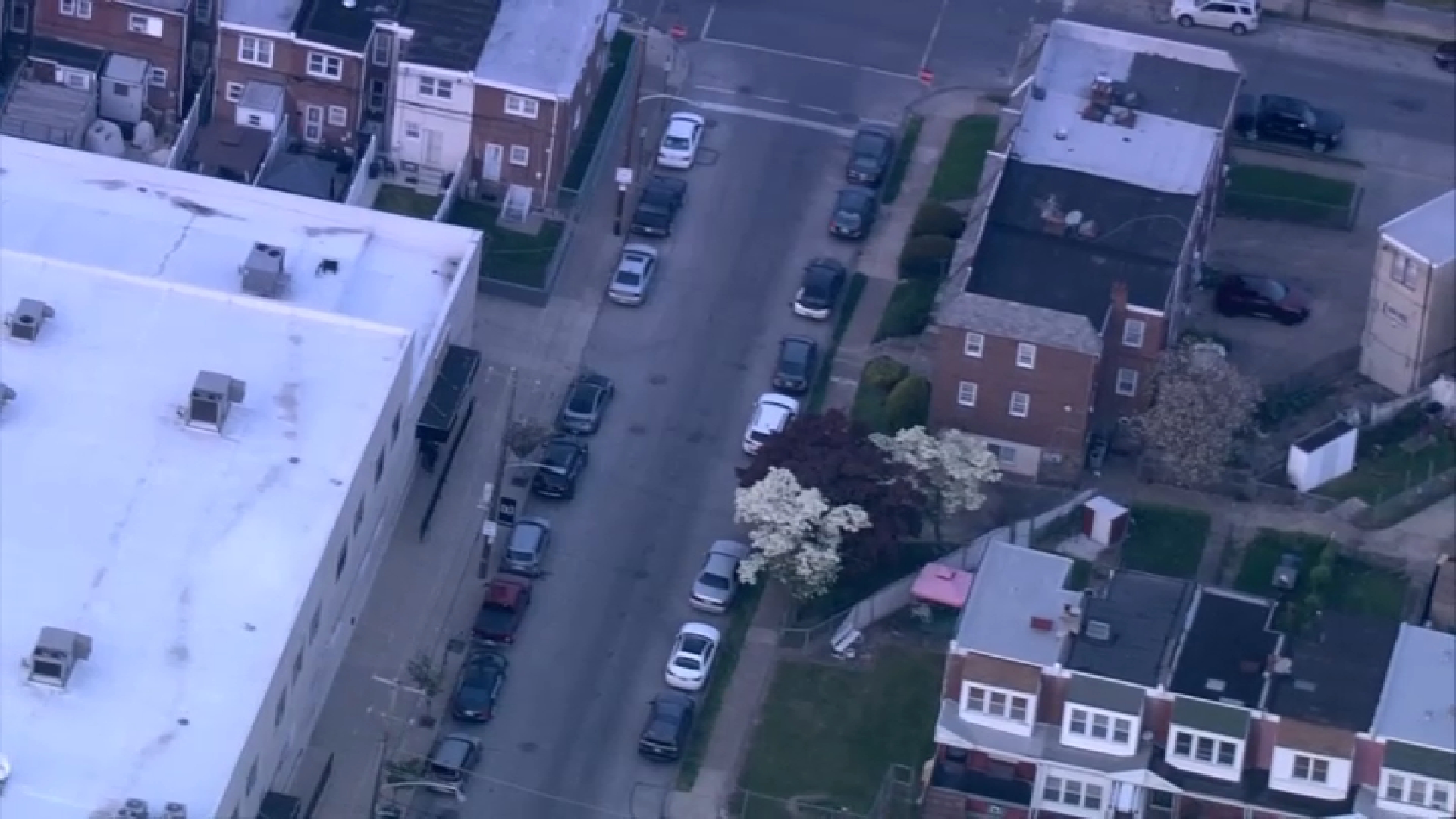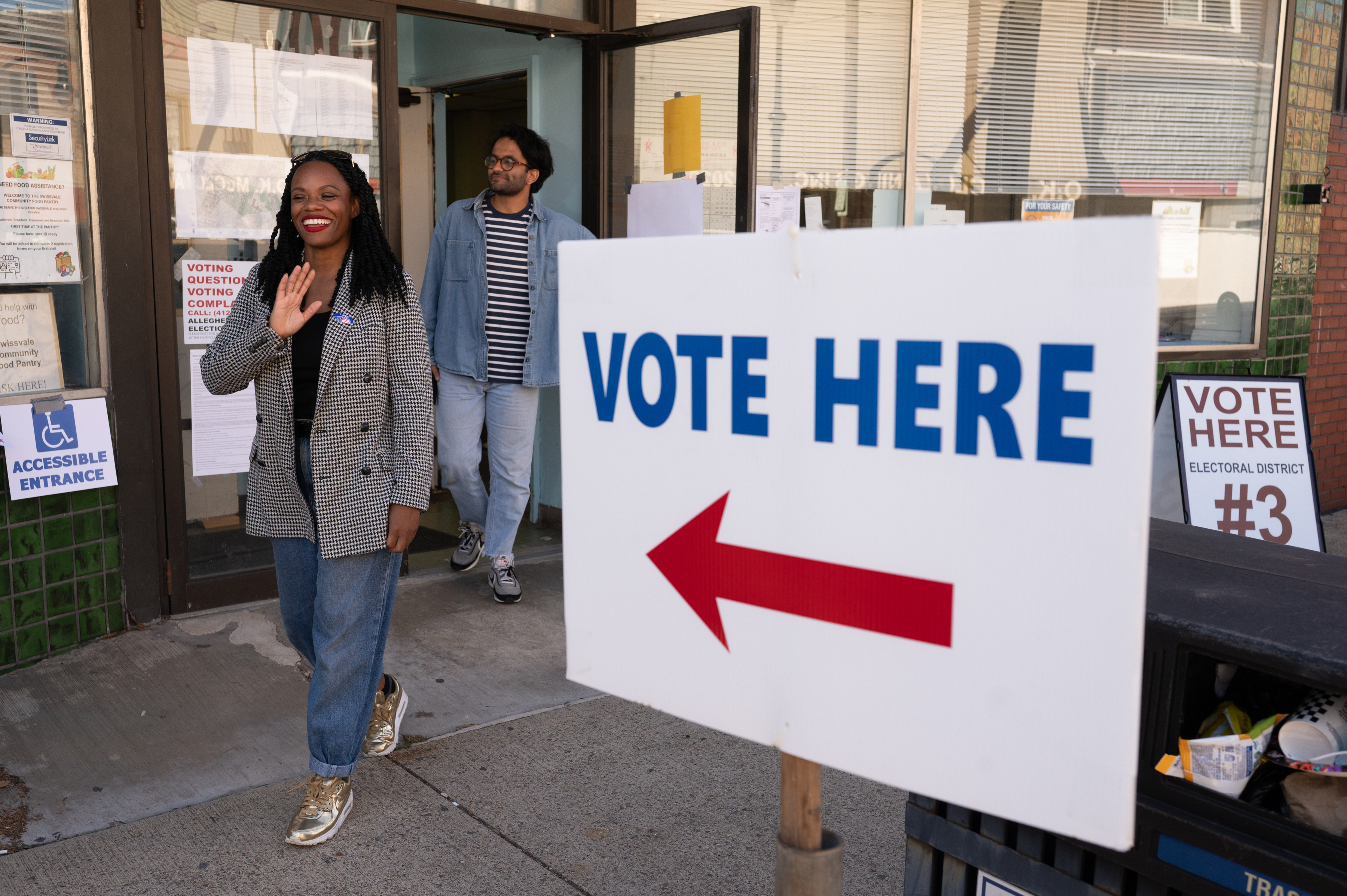As Hurricane Irene rolled up the eastern coast of the United States this weekend and then eventually through Vermont and upstate New York, many pundits questioned whether the media (television, websites, newspaper and social media) “over-hyped” the massive storm. First, it is important to recognize what hype is.
As defined by the Poynter Institute’s Julie Moos in an article Monday titled The 6 Criteria for Hype & Why Hurricane Irene Coverage Does Not Meet Them, “hype is not simply the difference between what I think matters and what you think matters. It’s not even the difference between what I think matters and what leads a newscast or a front page. Hype is the discrepancy between the real value of something and the perceived value of that same thing. When we say something was “hyped” or “overhyped,” we mean it was dramatized — made more exciting than it naturally is — or made more important based on questionable evidence.”
It’s an argument with two strong sides. But it’s important to note that Irene was headed for one of the most populous areas in the world, with nearly 60 million people calling the Northeast home. And perhaps more than any other news story, weather is a hyperlocal event. The Weather Channel’s Bob Walker, executive vice president and general manager of network and content, gave three terrific reasons to the Washington Post on Friday describing why this hurricane was a big deal:
- “Irene is enormous, spanning about 500 miles;
- Irene is headed for parts of the country that “have not seen a Category 1 or 2 hit them in decades and in some cases even longer”;
- The atmospheric conditions that would otherwise knock Irene out to sea “weren’t there.”
True, the storm did not cause as much damage as initially anticipated, but as The Christian Science Monitor points out, “Irene was actually larger, but less intense, than Hurricane Katrina (which hit New Orleans six years ago Monday).”
In the wake of that storm, it’s more important to be proactive than reactive, which is what many still describe Katrina as.
The Daily Beast’s Howard Kurtz was the first to lash out against the coverage, saying Sunday (less than two hours after the storm hit New York City with tropical storm force, or 65 mile per hour winds) that "Cable news was utterly swept away by the notion that Irene would turn out to be Armageddon…The tsunami of hype on this story was relentless, a Category 5 performance that was driven in large measure by ratings."
Local
Breaking news and the stories that matter to your neighborhood.
To which CNN’s Soledad O’Brien responded on Twitter: “not overblown to the families of the people who died, or those who suffered damage in the billions.”
Nate Silver, a statistician, psephologist and writer for the New York Times, wrote a story on Friday that explained the potential economic impact of a Category 2 (96-110mph winds) hurricane hitting New York City as “a multibillion-dollar catastrophe.” Silver added on Twitter Sunday that “Irene received only the 13th most media coverage among Atlantic hurricanes since 1980,”
As we do in the news business, there is always a bit of analysis on whether we did the right thing after a major event. NBC’s Peter Alexander of “The Today Show” even aired a full segment this morning on whether Irene was overhyped, in which Al Roker said, "Keep in mind, 23 people are dead. If there's a bear outside your door and I see it and I don't say anything to you, I’m irresponsible. It doesn't mean the bear is going to get in and get you. But you should need to know that it’s there."
So you decide: was Irene coverage overhyped or responsible journalism?



